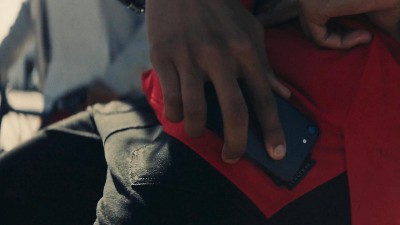Moving quickly towards 2018, we’re going to see more and more companies using NFC and RFID in innovative and exciting ways – will you be one of them?
Let’s take a look at some companies that have used NFC and RFID really well throughout 2017.
Disney
Some could say that Disney are ahead of their time or leading the way in usable RFID tech and we have to agree. Back in 2013 Disney introduced the MagicBand – a wearable watch-like device that uses RFID and NFC to do away with things like rooms keys, park tickets and parking passes.
The simple-looking yet innovative wearable band also integrates with an app that enables you to pay for items without credit cards and also doubles as room keys, passes, park tickets, dining reservations, meal vouchers, and transportation tickets.
The MagicBand creates a completely connected holiday experience and has gained worldwide attention in its innovation and ease of use for customers to experience the park and all its additional attractions in a seamless and easy-to-use way.
The thing to take away from this example is that the technology isn’t overpowering or clumsy to use – it’s simple, effective and stylish.
MSC Cruises
By integrating NFC into a wearable armband, this cruise company gives the customers the ability to interact with over 700 digital access points, 114 interactive screens and there are 2,244 staterooms equipped with RFID and NFC technology.
Giving customers things like geolocated messages depending on where they are on the ship and at what time to tracking the kids location throughout the ship, this smart innovative and unobtrusive tech gives passengers an immersive and unique experience on board.
The wearable armband combined with an associated app means that passengers can access a wide range of digital content also.
Ashdown-Ingram
With the introduction of a new ordering app, Ashdown-Ingram wanted to promote downloads of the app to their customer base in an easy yet innovative way. The integration of NFC tags into a series of smart-posters was a simple and effective way to promote their new app for download.
Customers only needed to tap the poster with their phone and they were automatically taken to the apps download page.
Here’s what Will Kallis, Ecommerce Manager for Ashdown-Ingram had to say about the campaign.
“After talking with Easitag we were convinced that using NFC tags would help us to easily promote our app. We opted for an A4 vinyl sticker with two NFC stickers placed under the top and middle of a mobile phone image.
We then placed these posters on our bench tops across 55 branches in Australia and NZ and it proved to be a great talking point when a customer would put their phone on the advertising and it would automatically open to our app in the Play Store.”
The final word
So as you can see there is some pretty exciting stuff happening in the world of NFC and RFID. If you would like to talk to us about the sale and supply of RFID or NFC tags, stickers and labels, call us today on 1800 077 375.




